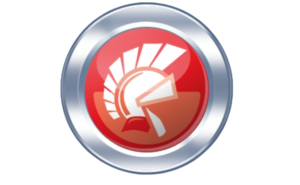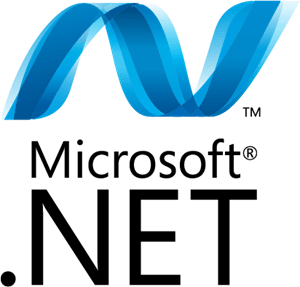The Internet of Things (IoT) refers to a network of connected devices, sensors, and objects that are embedded with software and connected to the internet, allowing them to communicate with each other and exchange data. This technology enables devices and objects to be remotely monitored and controlled, making it possible to collect and analyze data in real-time, and automate various processes.
Some of the key features of IoT technology include:
Connectivity: IoT devices are connected to the internet, allowing them to communicate with other devices and exchange data.
Sensing and Monitoring: IoT devices are equipped with sensors and can monitor and collect data on various physical parameters such as temperature, humidity, pressure, and movement.
Data Analytics: IoT data can be analyzed in real-time using data analytics tools and algorithms to identify patterns, detect anomalies, and derive insights.
Automation: IoT devices can be remotely controlled and automated using software to perform various tasks and functions.
Some of the key applications of IoT technology include:
Smart Homes: IoT technology is used in smart homes to control various household devices such as lighting, heating, and security systems.
Healthcare: IoT technology is used in healthcare to monitor patient health, track medications, and manage chronic conditions.
Manufacturing: IoT technology is used in manufacturing to monitor and optimize production processes, track inventory, and improve quality control.
Transportation: IoT technology is used in transportation to optimize logistics, track vehicles and goods, and improve safety and efficiency.
As the number of connected devices and objects continues to grow, IoT is expected to have a significant impact on various industries, enabling greater efficiency, automation, and data-driven decision making.




